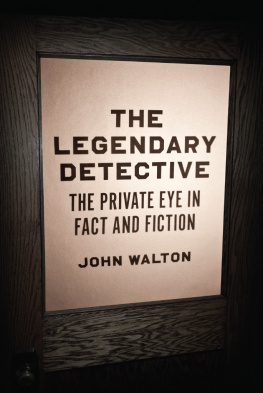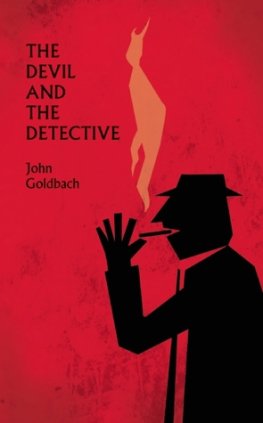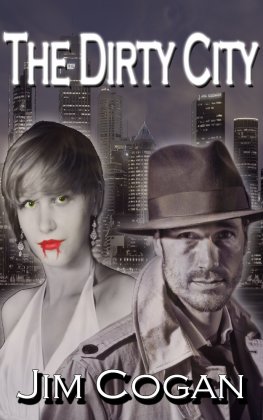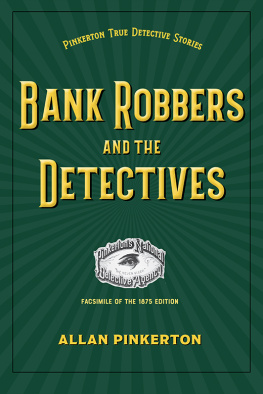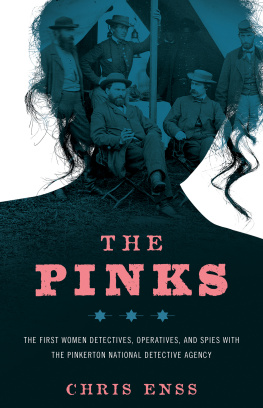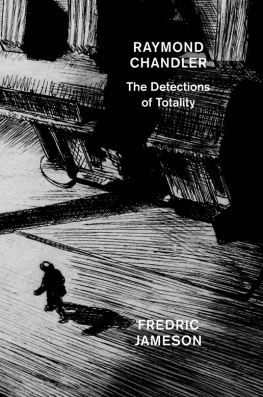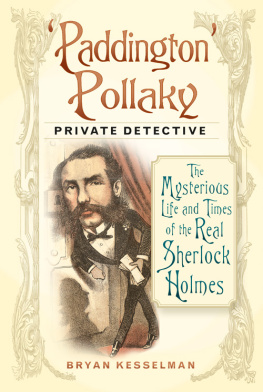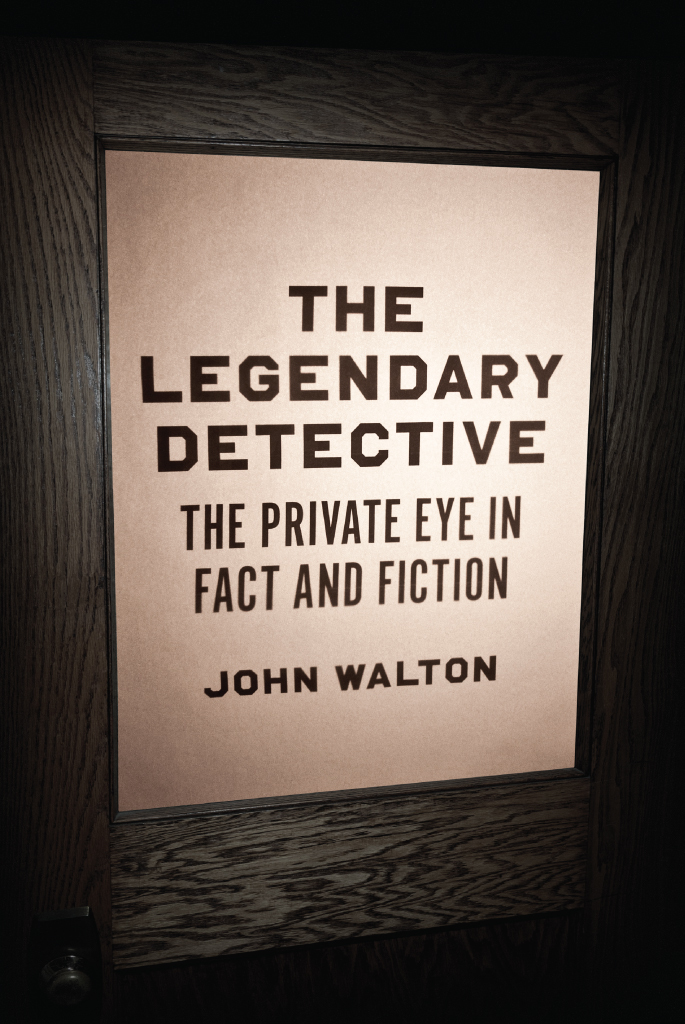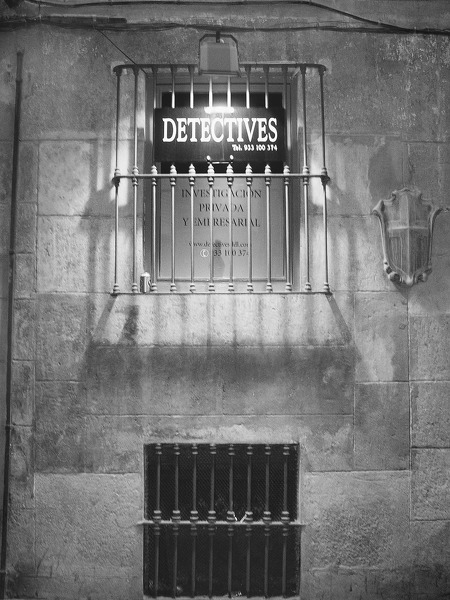John Walton - The Legendary Detective: The Private Eye in Fact and Fiction
Here you can read online John Walton - The Legendary Detective: The Private Eye in Fact and Fiction full text of the book (entire story) in english for free. Download pdf and epub, get meaning, cover and reviews about this ebook. year: 2015, publisher: University of Chicago Press, genre: Detective and thriller. Description of the work, (preface) as well as reviews are available. Best literature library LitArk.com created for fans of good reading and offers a wide selection of genres:
Romance novel
Science fiction
Adventure
Detective
Science
History
Home and family
Prose
Art
Politics
Computer
Non-fiction
Religion
Business
Children
Humor
Choose a favorite category and find really read worthwhile books. Enjoy immersion in the world of imagination, feel the emotions of the characters or learn something new for yourself, make an fascinating discovery.
- Book:The Legendary Detective: The Private Eye in Fact and Fiction
- Author:
- Publisher:University of Chicago Press
- Genre:
- Year:2015
- Rating:4 / 5
- Favourites:Add to favourites
- Your mark:
The Legendary Detective: The Private Eye in Fact and Fiction: summary, description and annotation
We offer to read an annotation, description, summary or preface (depends on what the author of the book "The Legendary Detective: The Private Eye in Fact and Fiction" wrote himself). If you haven't found the necessary information about the book — write in the comments, we will try to find it.
Im in a business where people come to me with troubles. Big troubles, little troubles, but always troubles they dont want to take to the cops. Thats Raymond Chandlers Philip Marlowe, succinctly setting out our image of the private eye. A no-nonsense loner, working on the margins of society, working in the darkness to shine a little light.
The reality is a little differentbut no less fascinating. In The Legendary Detective, John Walton offers a sweeping history of the American private detective in reality and myth, from the earliest agencies to the hard-boiled heights of the 1930s and 40s. Drawing on previously untapped archival accounts of actual detective work, Walton traces both the growth of major private detective agencies like Pinkerton, which became powerful bulwarks against social and labor unrest, and the motley, unglamorous work of small-time operatives. He then goes on to show us how writers like Dashiell Hammett and editors of sensational pulp magazines like Black Mask embellished on actual experiences and fashioned an image of the PI as a compelling, even admirable, necessary evil, doing societys dirty work while adhering to a self-imposed moral code. Scandals, public investigations, and regulations brought the boom years of private agencies to an end in the late 1930s, Walton explains, in the process fully cementing the shift from reality to fantasy.
Today, as the private detective has long since given way to security services and armed guards, the myth of the lone PI remains as potent as ever. No fan of crime fiction or American history will want to miss The Legendary Detective.
John Walton: author's other books
Who wrote The Legendary Detective: The Private Eye in Fact and Fiction? Find out the surname, the name of the author of the book and a list of all author's works by series.

